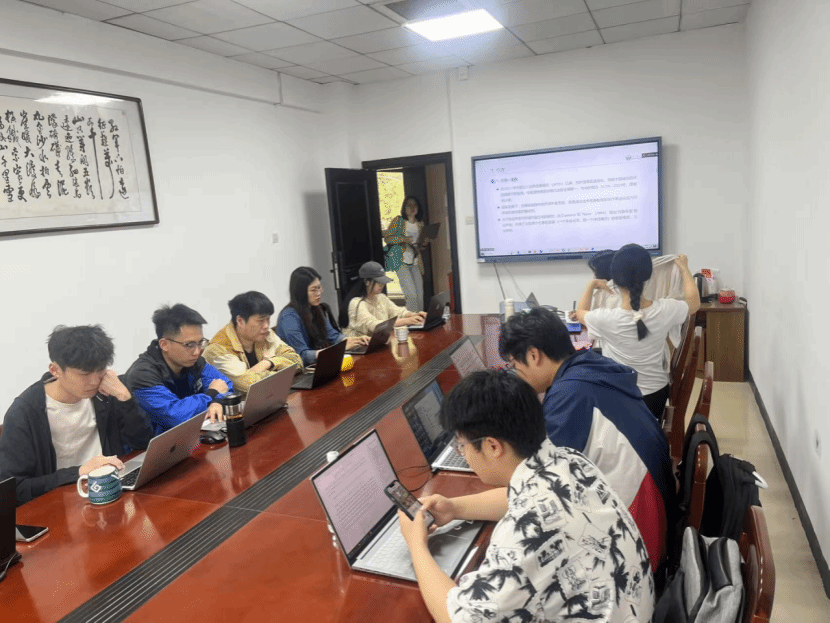时间:2024年4月19(周六)9:00
地点:气候变化与能源经济研究中心会议室
Paper1:潘欣 Unveiling the green path: How urban openness reduces pollution and paves the way to sustainability
摘要:This study investigates the relationship between openness and pollutant emission intensity across 286 Chinese cities from 1990 to 2019, aiming to evaluate the potential environmental benefits of open economy strategies.The findings indicate that enhanced urban openness significantly lowers pollutant emission intensity. To ensure the robustness of our findings, we make an innovative attempt to employ high-speed rail connection and motorway density as instrumental variables to address potential endogeneity issues, corroborating the reliability of the results through various robustness tests. Moreover, we also find the heterogeneous effects of urban openness on pollution emissions, highlighting the moderating influences of trade complexity, urbanization level, and environmental regulatory intensity. Lastly, the study elucidates the mechanisms through which urban openness diminishes pollution emissions, namely fostering green innovation capacity and enhancing public environmental awareness. This research makes theoretical contributions on understanding the nexus between open economies and environmental protection while offering practical insights to inform governmental envi�ronmental policy formulation.
Paper2:陈蕾如Assessing the synergistic effects of artificial intelligence on pollutant and carbon emission mitigation in China
摘要:Artificial intelligence (AI) has become a key driver in the latest wave of scientific and technological advance�ment, and its rapid development, proliferation, and environmental impacts cannot be ignored. China and numerous emerging economies are confronted with the dual challenges of environmental degradation and climate change. Hence, it is imperative to assess whether the advancement of AI can contribute to a synergistic reduction in pollutant and CO2 emissions. This paper utilizes the system-generalized method of moments (SYS�GMM) to study the synergistic effect of artificial intelligence on mitigating pollutant and carbon emissions. The following three main conclusions are drawn: (1) AI plays a major role in synergistically decreasing pollutant and CO2 emissions; (2) AI indirectly helps lower pollutant and CO2 emissions by fostering technological advance�ments and enhancing industrial structures. Although it contributes to an increase in emissions by expanding production scale, its suppression effect dominates overall; (3) The impact of AI applications is particularly vital in cities with strict environmental controls, especially in the central and eastern regions. Finally, we suggest some policy measures to augment the influence of AI in reducing emissions and attaining sustainable development.
